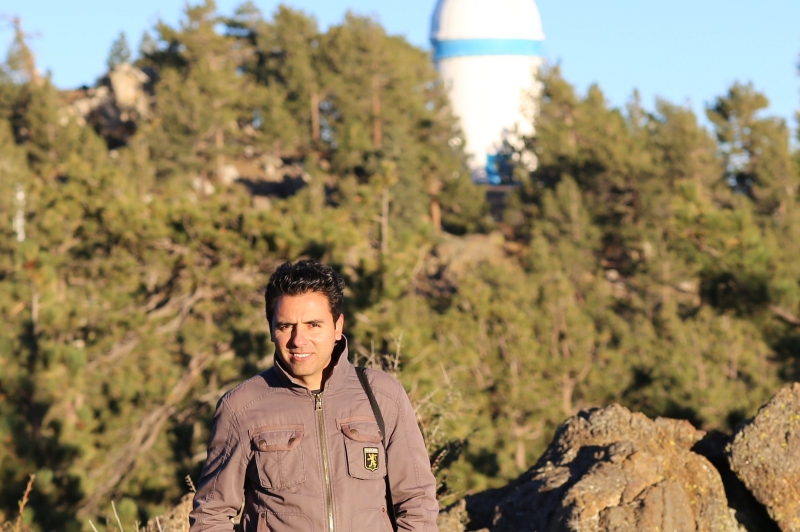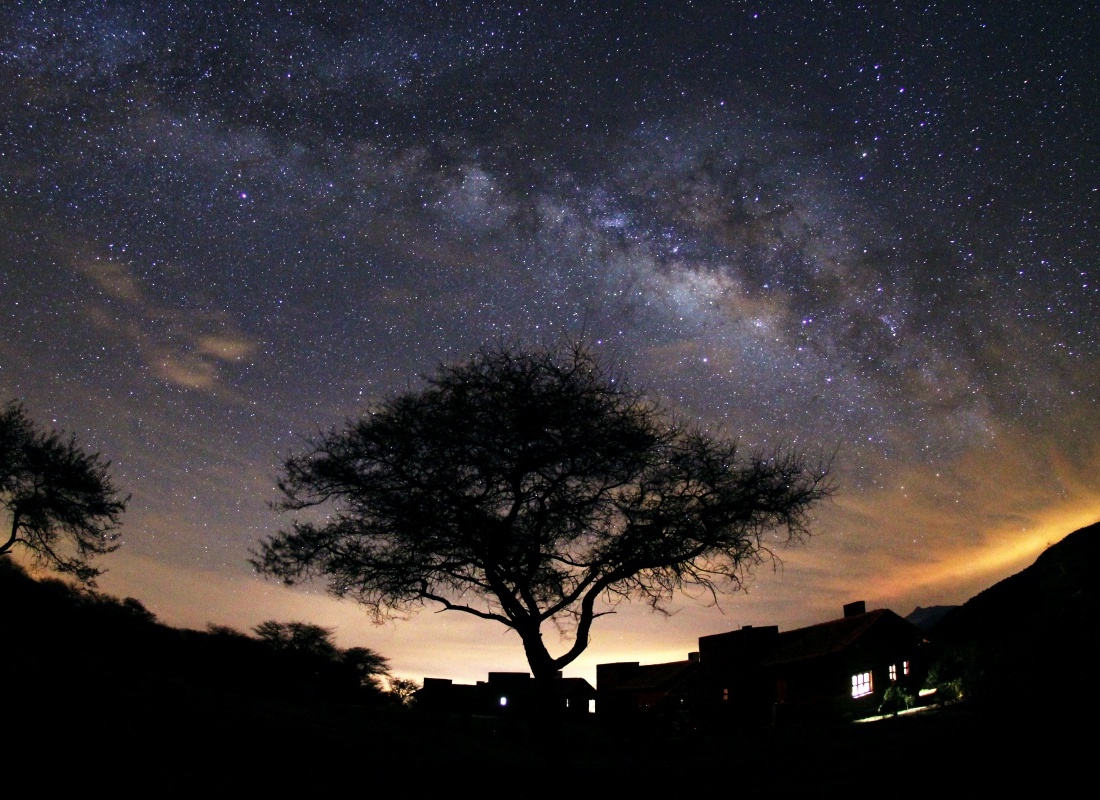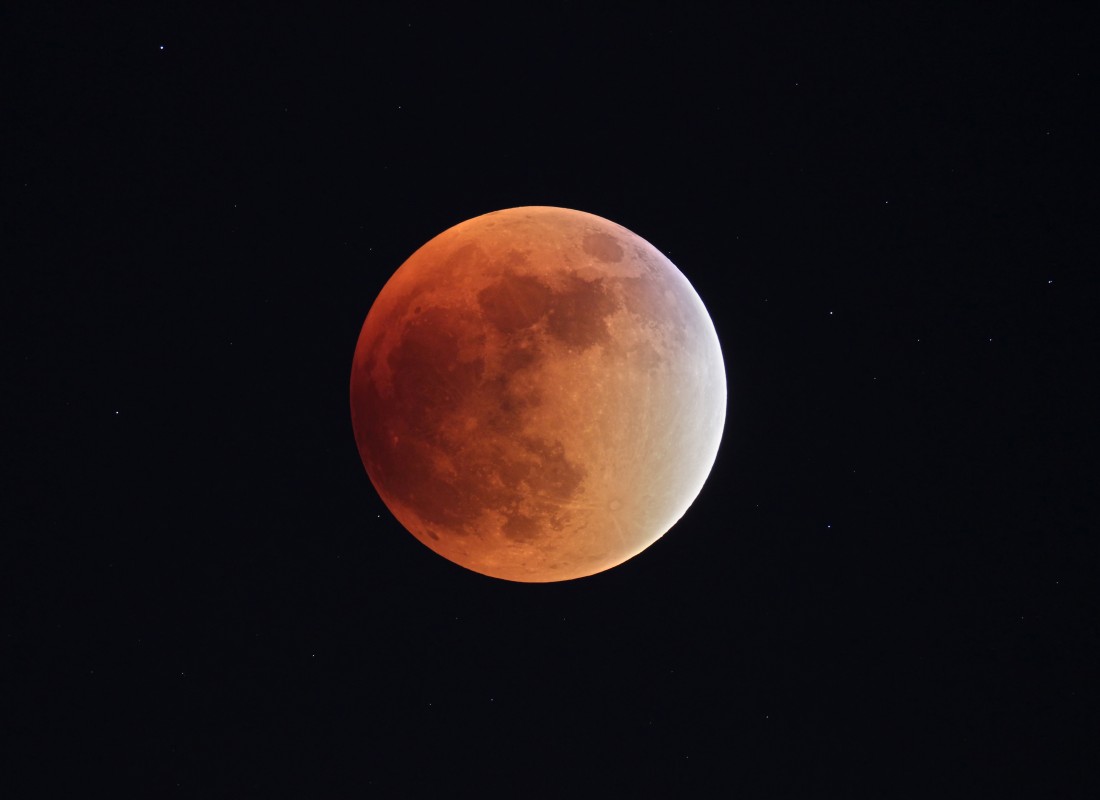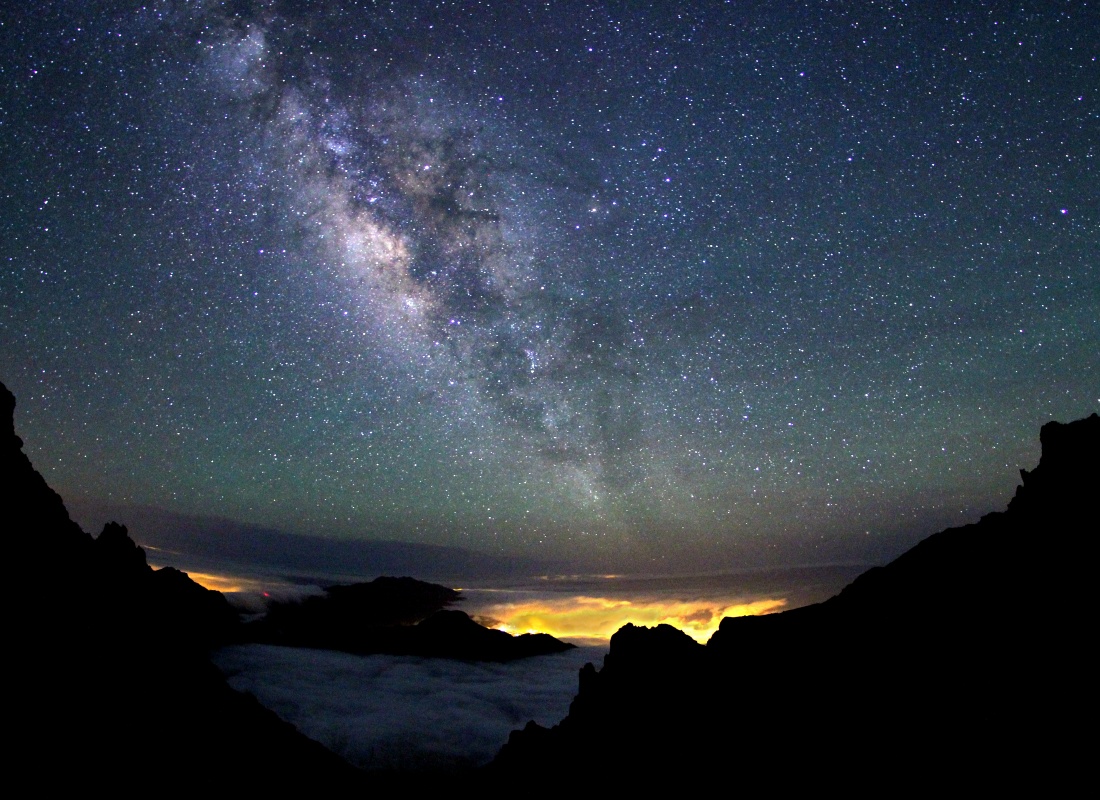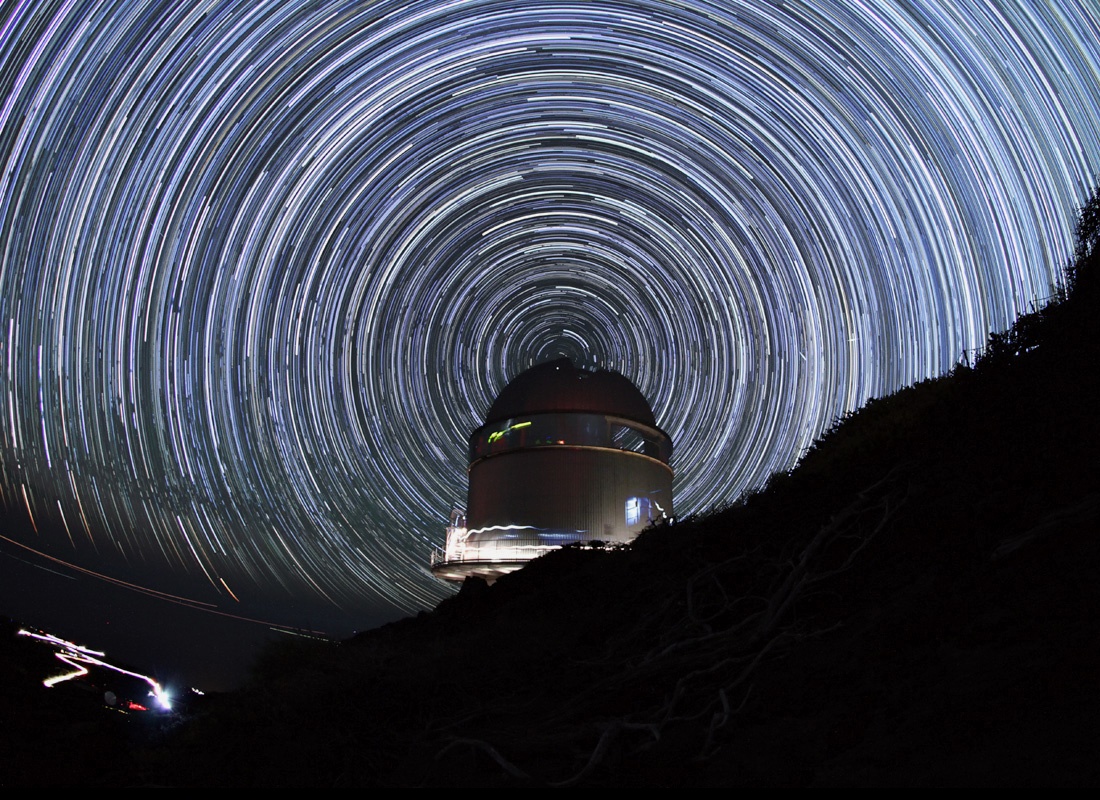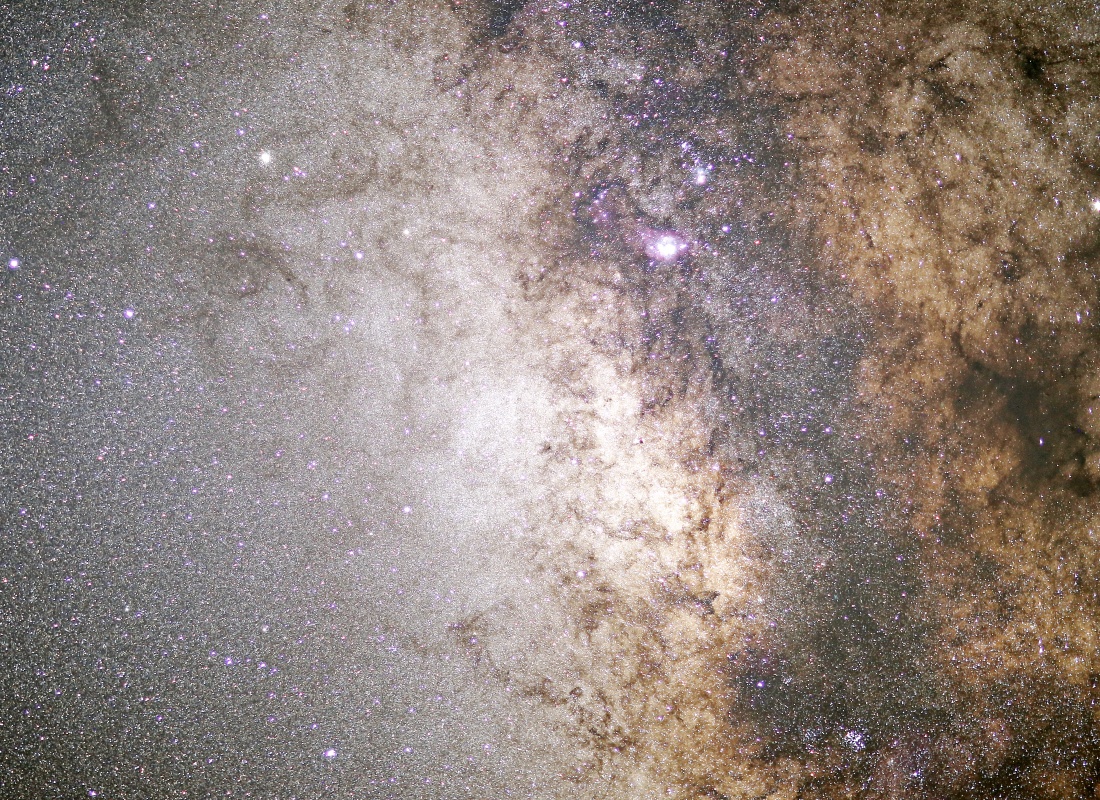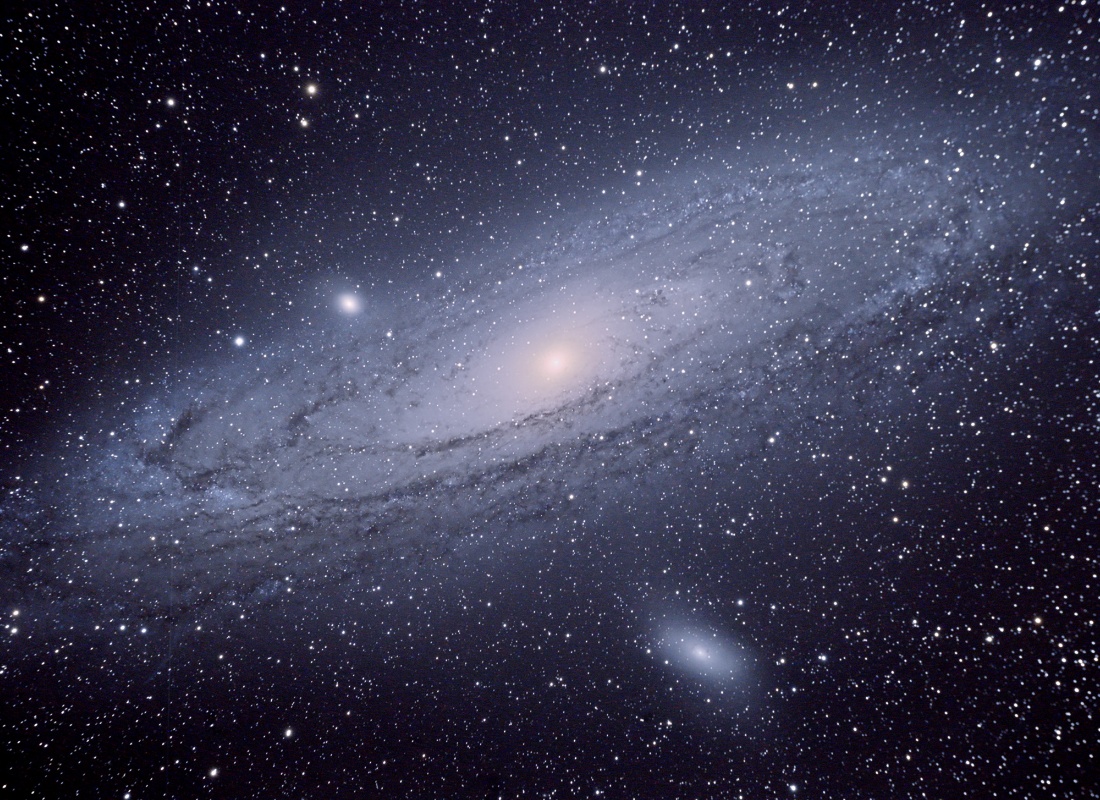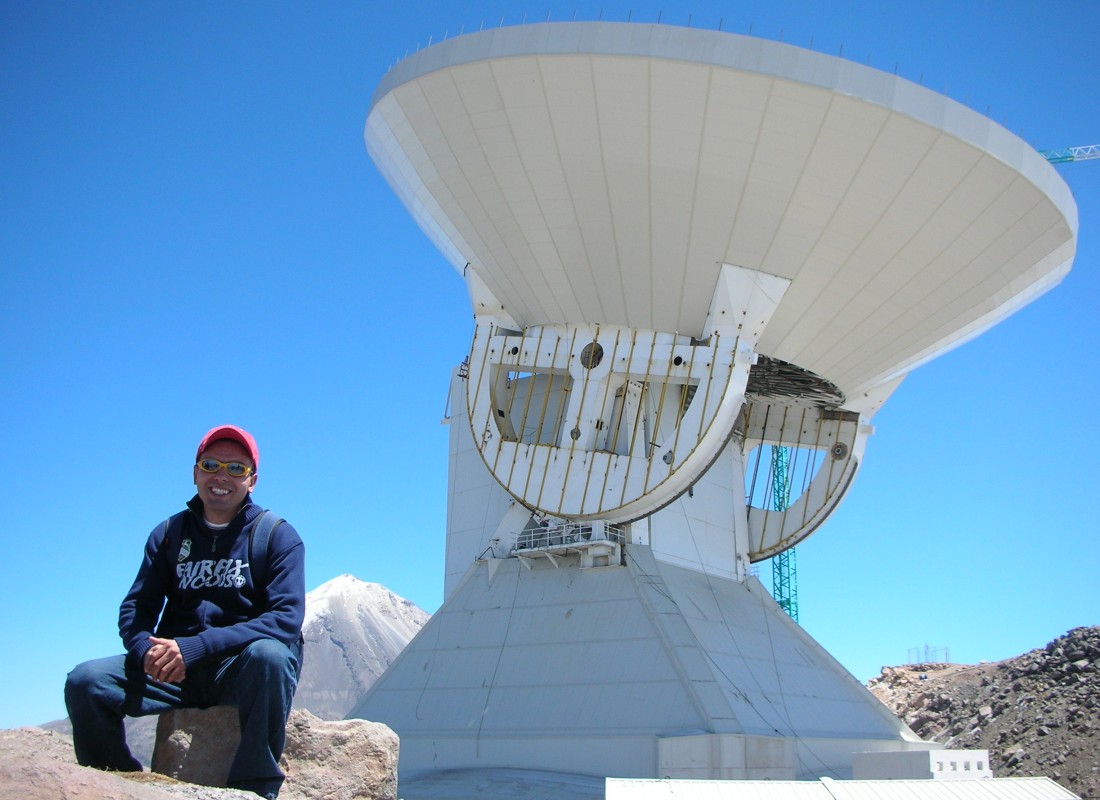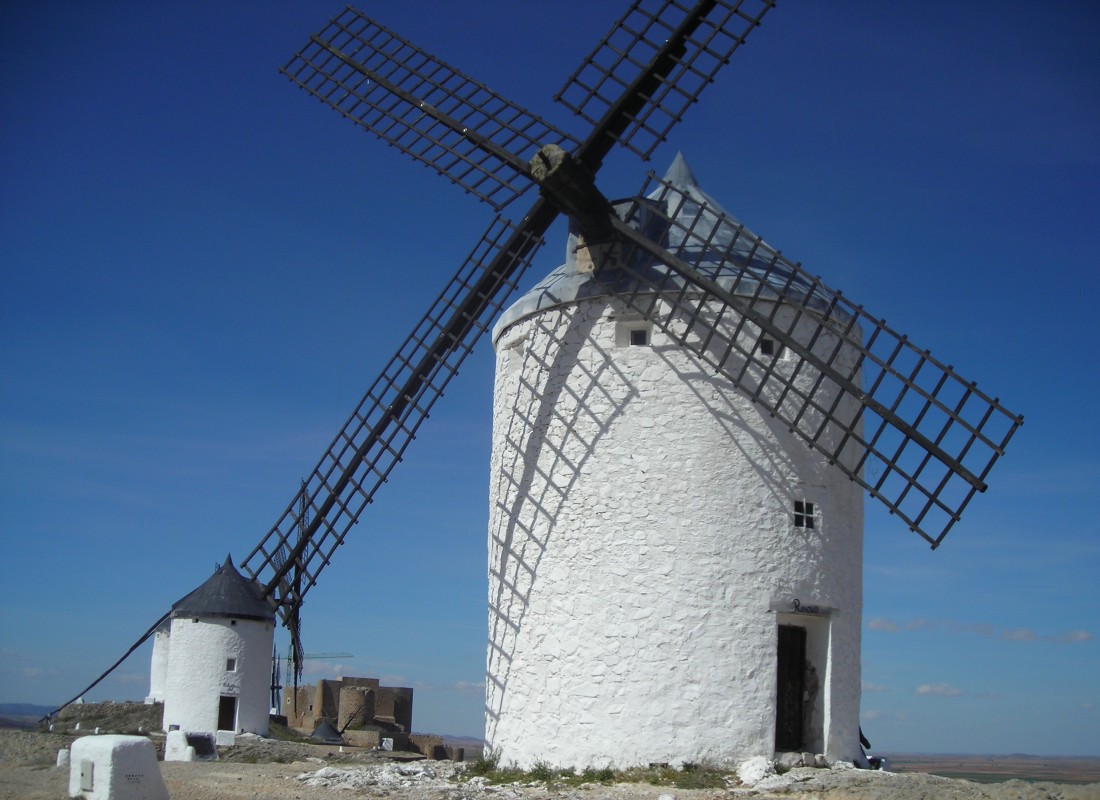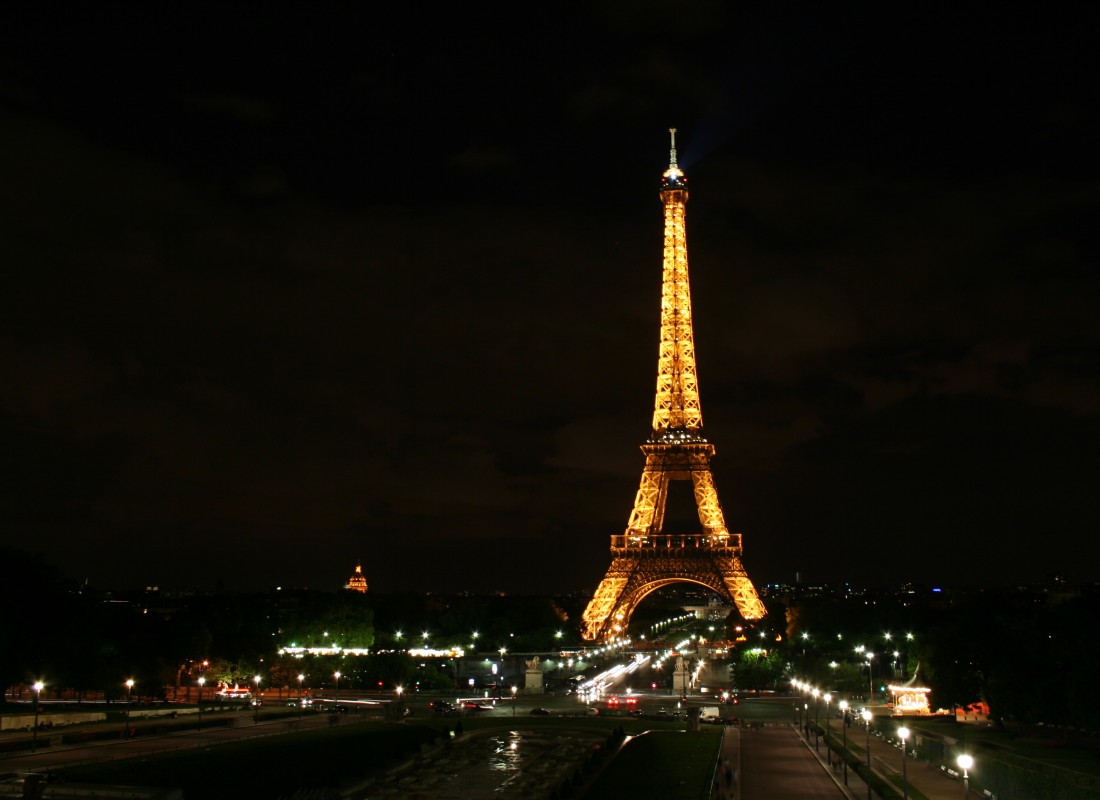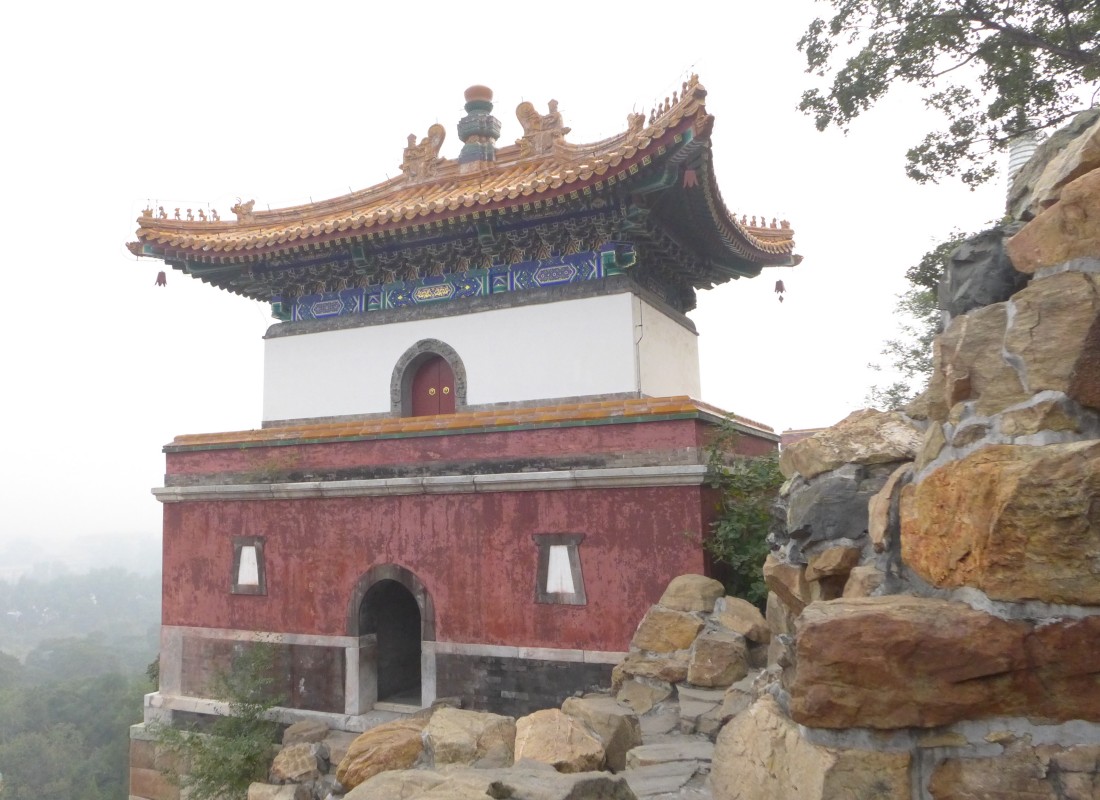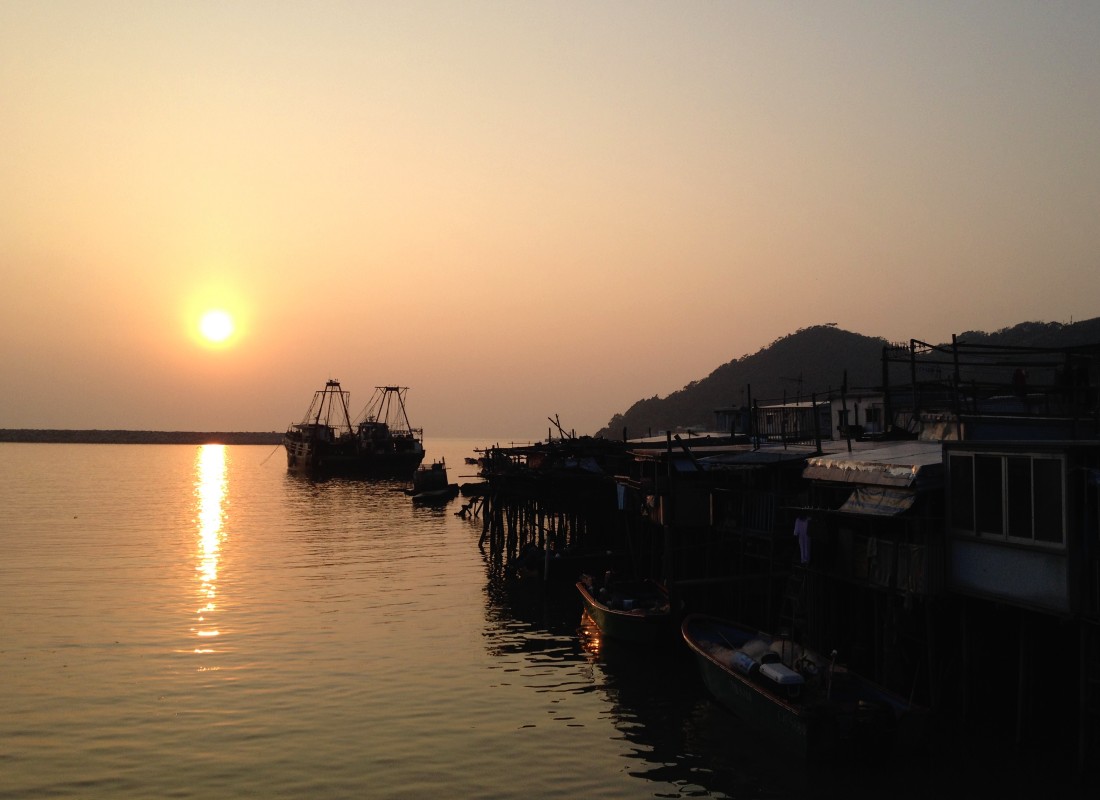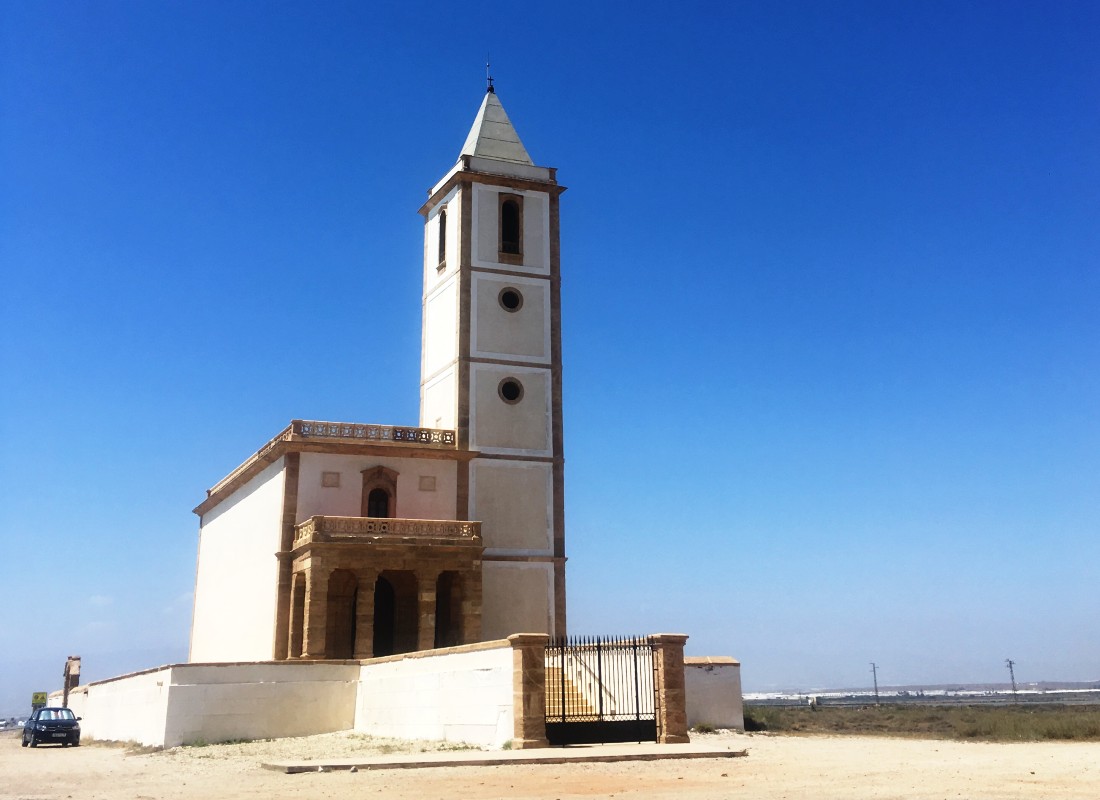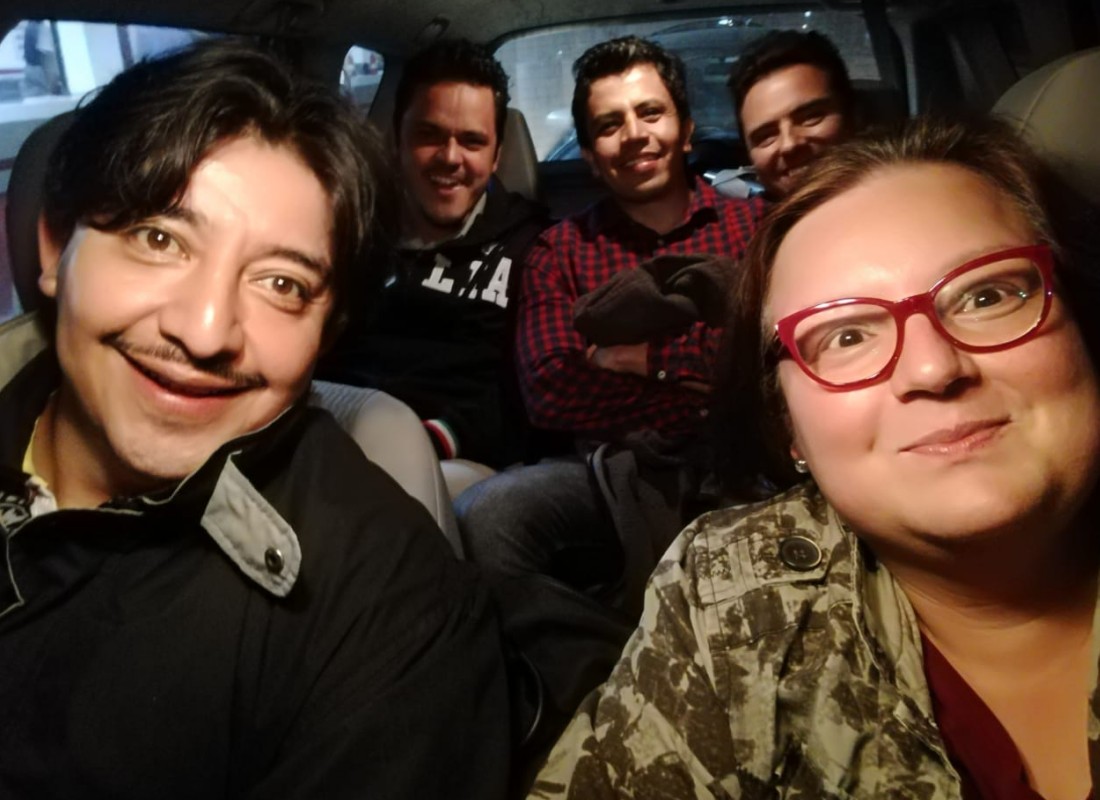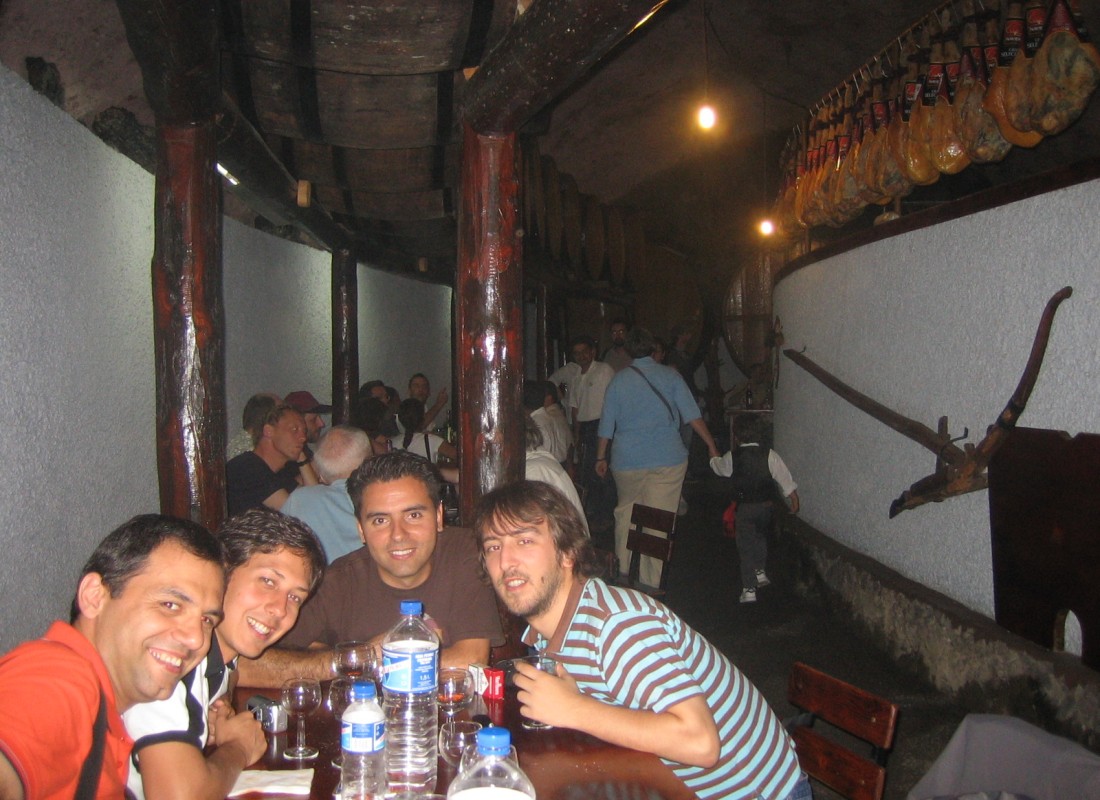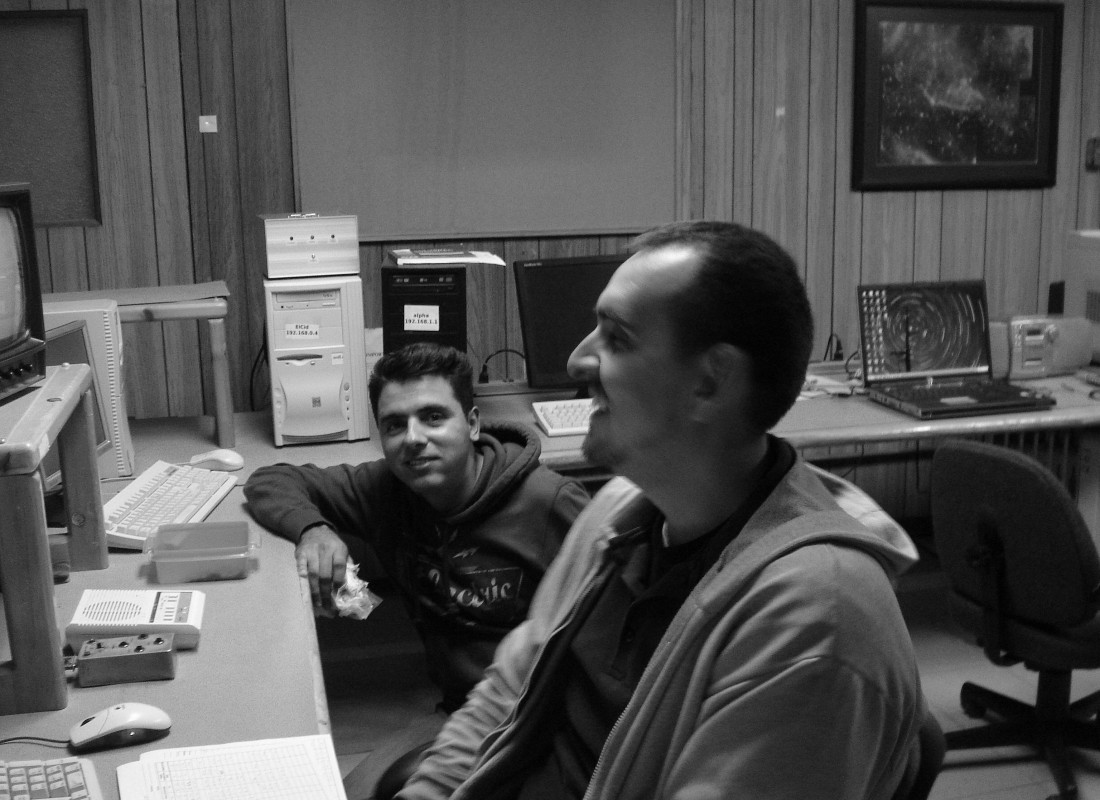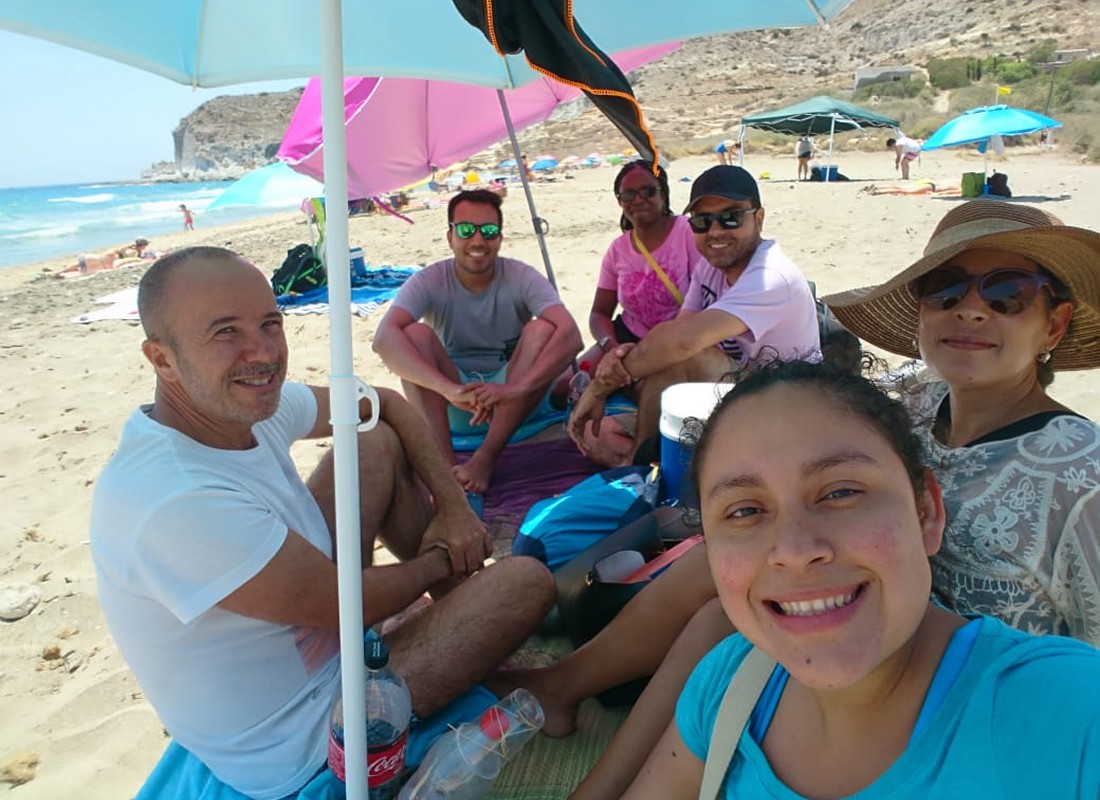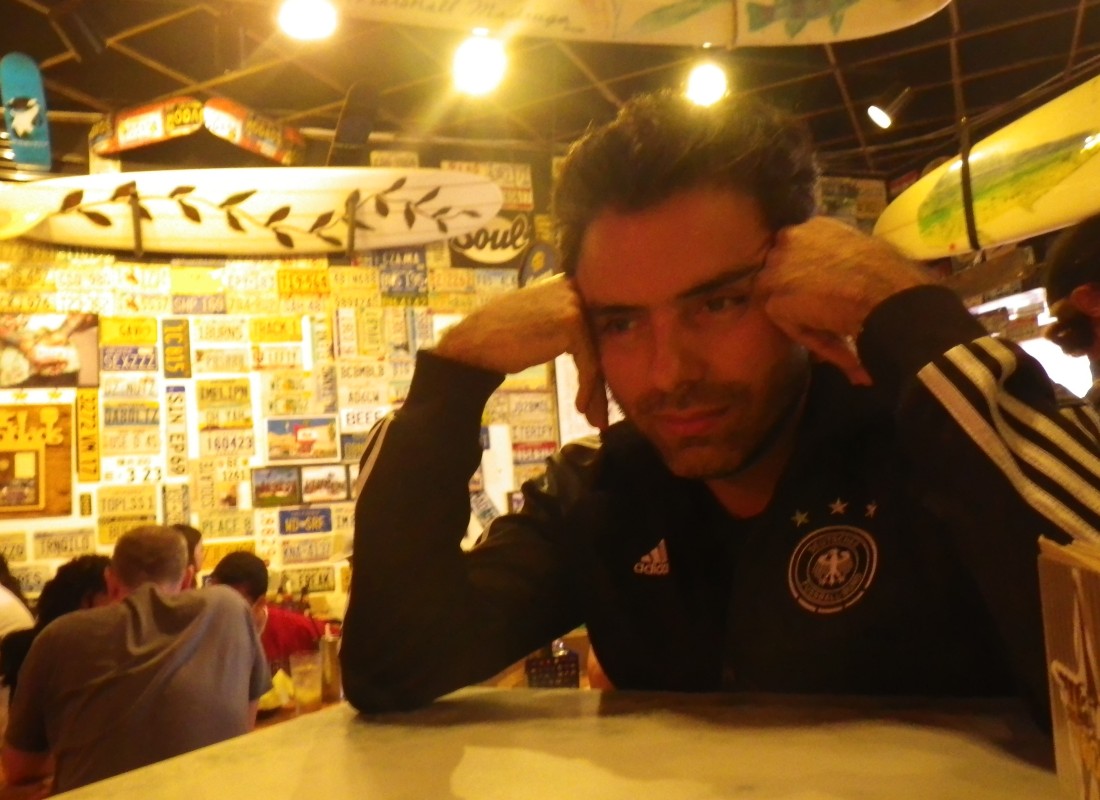About Me.
I got both, my BSc and PhD degrees in Physics at the University of Guadalajara in Mexico. My undergraduate project was under the supervision of Dra. Yolanda Gómez at the CRyA-UNAM (now IRyA) in the city of Morelia. Some years later began my PhD supervised by Dr. Peter Phillips. After completing my PhD, I moved to Granada, Spain to start a postdoc position at the IAA-CSIC under the supervision of Dr. Martín Guerrero. Finally, I moved back to Mexico as a Research Fellow. Among my extracurricular interests, photograph the night sky is by far the most refreshing. I love look at the stars in clear dark skies, far away from urban areas and light pollution. Unfortunately many of these sites are usually in remote locations, what means travel for long periods. However reward comes at night, with thousands of stars visible to the naked eye. Luckily, my career nicely combines with my hobby :) I'm convinced that I feel more at home with the sky than with anything else. The time I have spent so far in astronomy has allowed me to meet outstanding people, amazing friends and visited many wonderful places during my observing trips. We recently build our own astronomical observatory in the University (www.oarp.com.mx) and subsequently we created an international research group on evolved stars (www.grnes.com).
Download CV (English) Download CV (Spanish)